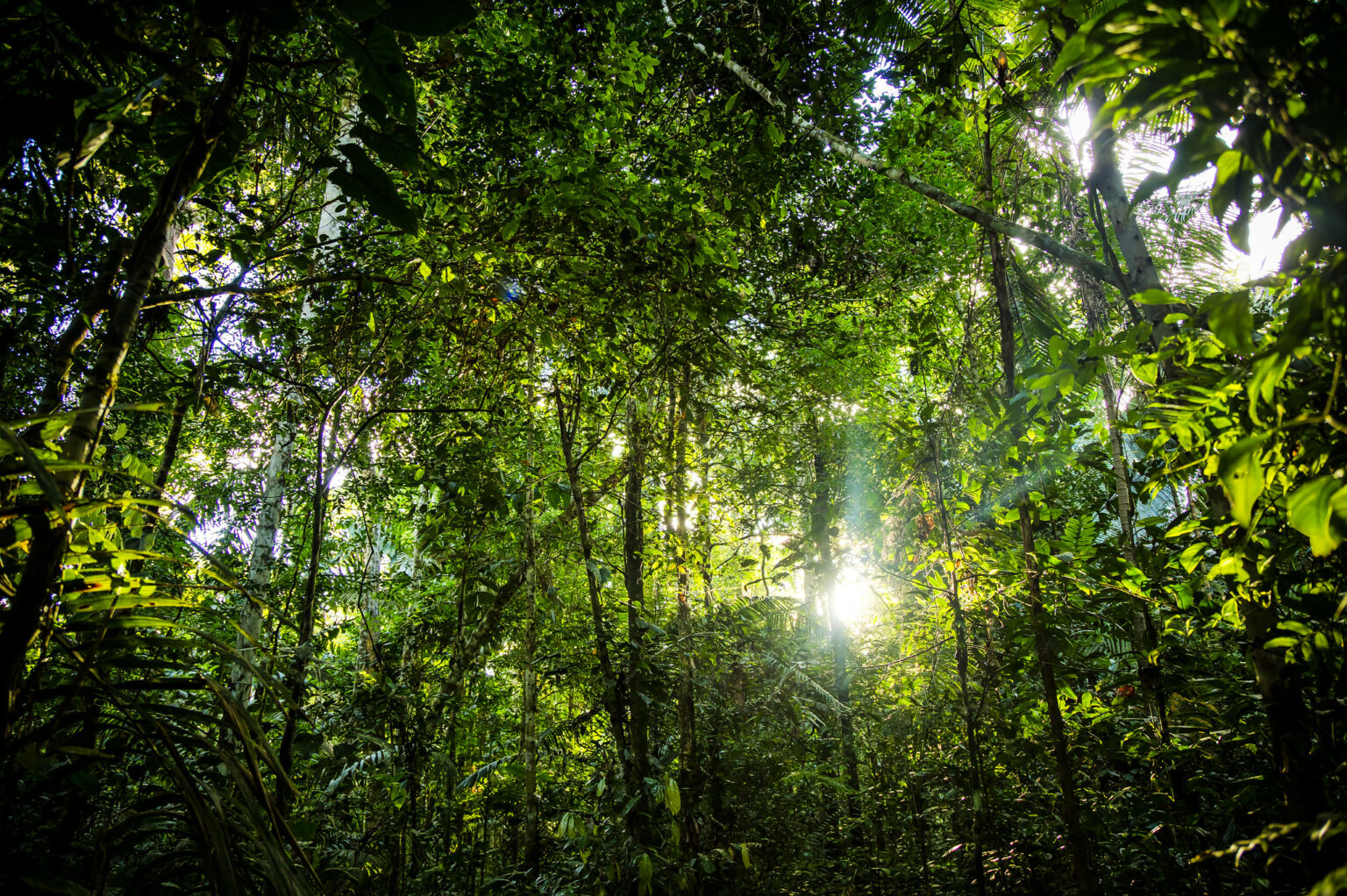- About
- Topics
- Picks
- Audio
- Story
- In-Depth
- Opinion
- News
- Donate
- Signup for our newsletterOur Editors' Best Picks.Send
Read, Debate: Engage.
| topic: | Conservation |
|---|---|
| located: | Cameroon, Kenya, Republic of the Congo |
| editor: | Bob Koigi |
In the wake of unprecedented population explosion that continues to pile pressure on limited land, food and biodiversity, forests, a vital component of our everyday lives especially in tackling climate change, continue to choke under wanton human activities including artisanal logging, hunting and general degradation. And as governments and institutions the world over struggle to come up with measures to tame the further destruction of trees and increase forest cover, community forestry model where governments bequeath rights to people living next to these treasured natural reserves has been a tried and tested practice for championing sustainability by turning the local communities into guardians.
From Cameroon to Congo and Kenya, which are home to some of the most iconic flora and fauna sanctuaries, the concept of empowering communities living next to forests to manage them has contributed significantly in protecting the forest resources, reinstating the degraded areas and economically empowering those very communities through controlled activities practiced in the forests.
Indeed allowing the locals to chaperone sustainable forestry activities including contract tree farming, controlled harvesting of forest resources and eco-tourism has been hailed as pivotal in the protection of forests at a time when even governments appear overwhelmed.
As the model now gains traction globally, its success lies in balancing the interests of the local communities and the essence of protecting the forest resources from exploitation by the same communities. Concrete governance structures coupled with solid systems that ensure communities which see and derive economic benefits from taking care of the forests have determined how sustainable the implementation is.
With climate change and environmental pollution now pronounced more than ever, and as the world bets on trees to mitigate the adverse impacts of global warming, the ultimate solution in these extraordinary times lies in placing the care of the forests in the hands of those who have traditionally harmed them but now understand their value.
Image by David Mark

